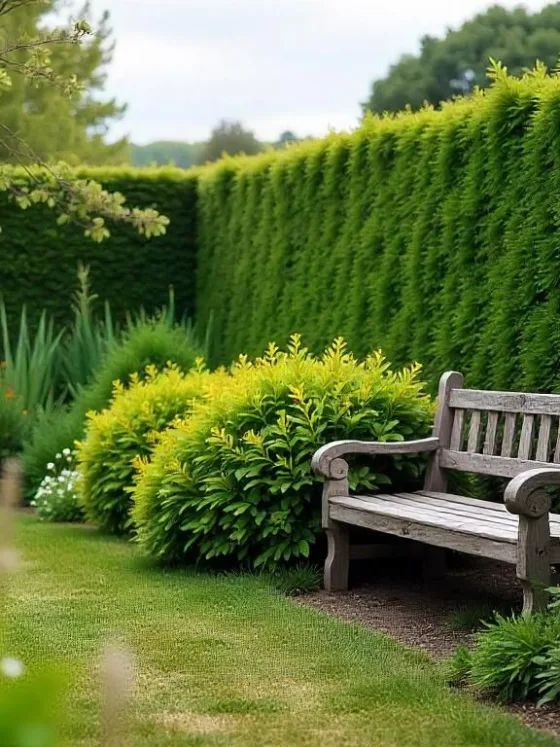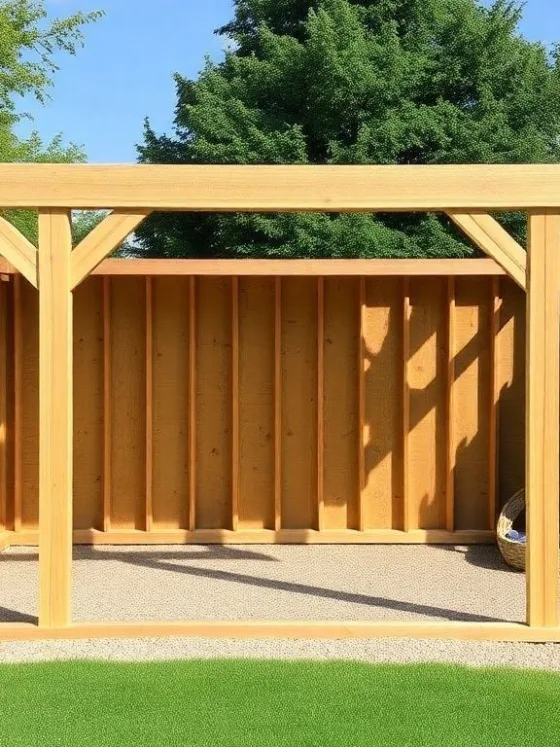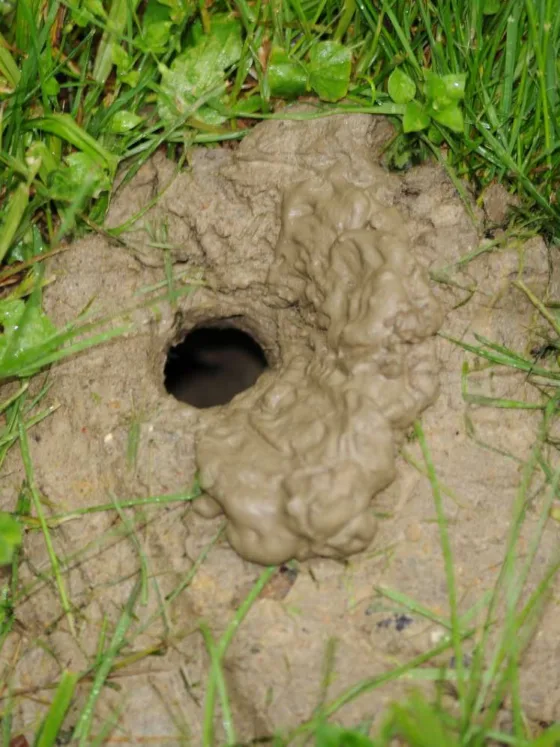Growing your own grapes in a northern climate? Most people who live in the North wouldn’t for a moment think this is even possible, never mind practical.

Even avid northern gardeners are often misinformed about grapes, overlooking them for the more conventional northern fruits for the home landscape like apples, plums, and cherries.
Yet grapes are such wonderful plants, so amazingly versatile in a landscape, not to mention darned tasty, too! They tend to be very long-lived, extremely adaptable, and surprisingly vigorous, if not outright aggressive.
They are delightfully ornamental and are fantastic plants for doing double duty in a home landscape as both edibles and ornamentals.
They require very little maintenance from a growing perspective, but a fair degree of productivity is your goal.
Unfortunately, it’s true that grapes are very much plants of warm, if not outright hot climates, those with long growing seasons and short, mild winters.
Grapes love these conditions and respond in kind with abundant production, which we enjoy as jellies, juice, and of course, wine.
But there are hardy varieties that have been developed over the past few decades that will stand up to their elite cousins of warmer climates in every respect, including making fine wine.
And with adequate knowledge about how to grow grapes, the right location, and an effective set of pruning and winter care practices, grapes can be the pleasure of every northern gardener.
In this first part of a two-part article, we’ll look at how to grow grapes in a northern climate.
The second article will discuss ways to enjoy grapes, along with some hardy varieties worth considering if you live in the northern country.
Cultural Requirements

As plants go, grapes are notoriously easy to grow. It’s far more challenging, however, to get them to grow productively in a northern climate.
Grapes will grow almost anywhere and in any soil, but if you’re growing them for their fruit, you’ll want to give some consideration to their planting site.
It should have the soil of reasonable quality, but one that’s not overly rich or fertile; grapes will easily grow out of bounds in rich soils, and may not harden off in time for our early northern winters.
It should also get adequate moisture, but grapes don’t require excessive amounts of watering.
Grapes do, however, love the sun, and all the sun they can get. In general, they are heat-loving plants, and can’t seem to get enough of it.
The more direct sunlight you can give them over the course of a day, the more productive they will be, and the better chance they’ll have of maturing their fruit before the fall frosts set in.
Look for a planting location that traps and generates heat. The south side of a white wall can get very hot in summer; grapes love this kind of heat.
Be sure to give them as much shelter from the wind as you can, both in summer and in winter.
A lack of wind in summer allows heat to accumulate over the day, adding to the heat totals that the plants require.
And protection from winter winds will limit winter damage due to drying. In general, the more sheltered the location, the better, but while still allowing all the sunlight you can possibly give them.
Water your grapes regularly, but don’t over-water them.
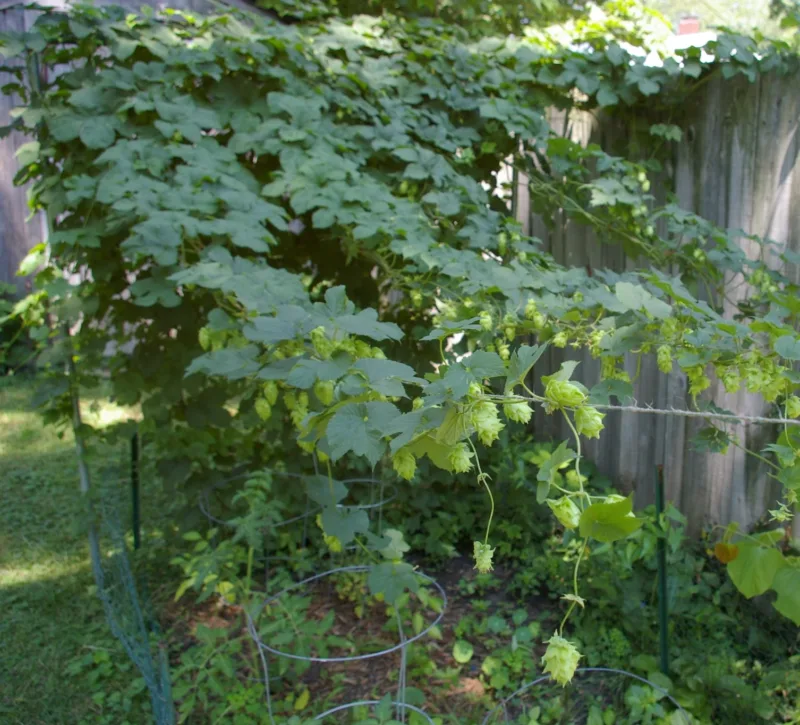
And never fertilize them, especially once they’re established. Grapes grow far too vigorously to need any fertilizer at all, save perhaps for a shot of bone meal or some other slow-release low-nitrogen fertilizer deep in the planting hole to give the young roots a boost.
Grapes are typically free of insect pests, especially in northern regions, but you’ll definitely have to fight the birds for the delectable fruit if you expect to have any significant harvest.
You can cover them in netting as the fruit ripens, or you can try bird-scaring devices such as plastic owls or noise makers. Grapes are, however, rather susceptible to various diseases, with powdery mildew particularly troublesome on certain varieties.
A spraying program can help, but you’re best off selecting resistant varieties from the start.
Support Structures
One thing you should know from the very beginning (or else you’ll find out rather quickly the hard way) is that grapes require strong support structures on which they can grow.
In their native habitats, grapes grow as trailing and winding vines, their flexible branches weaving and twining around anything that will propel them into the sunny sky; trees, mounds, rocks and what have you.
If they don’t have anything to climb, they will mound over themselves and spread outwards for dozens of feet looking for something that will eventually send them upwards.
Their long tendrils will clasp onto anything they can wrap themselves around, following which these tendrils quickly harden into steadfast clasps as hard as steel cable.
But the fun really begins as they age.
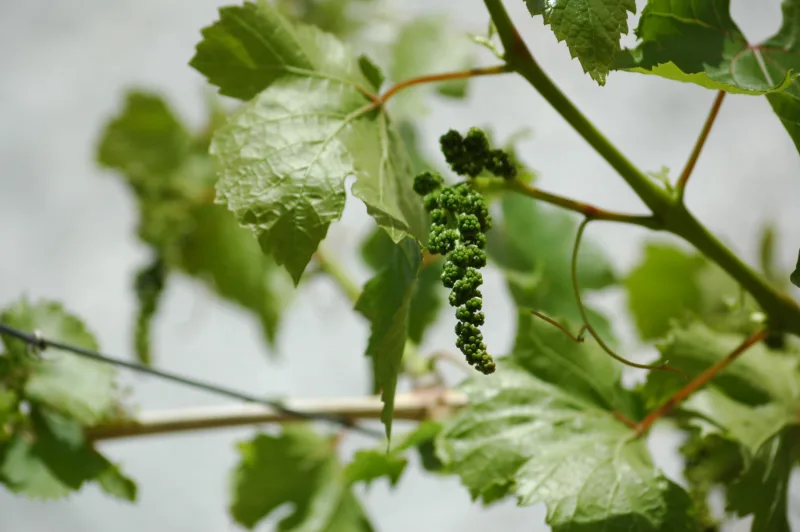
After just a few years, they develop thick, woody, and very rigid trunks that for all purposes make their lower extremities equivalent to trees.
These trunks are so strong that they can eventually dislodge and even break anything but the strongest structures.
Furthermore, their tops can grow so long and get so heavy that they impose a significant weight upon whatever is holding them up.
So you can forget about using flimsy lattice or even a reasonably constructed arbor – in a few years, they’ll crush these to the ground!
The moral of the story – grapes need very strong support structures, ones that are in place when they’re planted, not as an emergency solution to fix a looming problem.
The types of support structures you choose will depend somewhat upon your intentions.
If you’re growing the grapes ornamentally, you can train them to grow up and over a very strong fence, arbor, or pergola.
Though they have tendrils, they are not suitable for climbing the sides of buildings or on masonry without additional support – and, structurally speaking, you really don’t want the weight of a mature grape “tree” pulling away the side of your house!
Where possible, use 4 x 4 wood posts or even metal supports to hold the plants.
However, if you’re growing grapes primarily for the fruit, then you’ll need a special trellis that optimizes fruit production.
The ideal structure is one which allows the main part of the vine (think of it as the “trunk”) to grow upwards to a manageable height (usually around 6-8’).
It also facilitates the training of branches that develop off this trunk in a horizontal orientation, allowing the vines to grow outwards and the fruit to hang down off the vines.
The most common type of trellis is one with posts securely fitted into the ground at intervals, somewhere around 8’ apart, with 1-3 tiers of very strong wire strung between the posts at various levels.
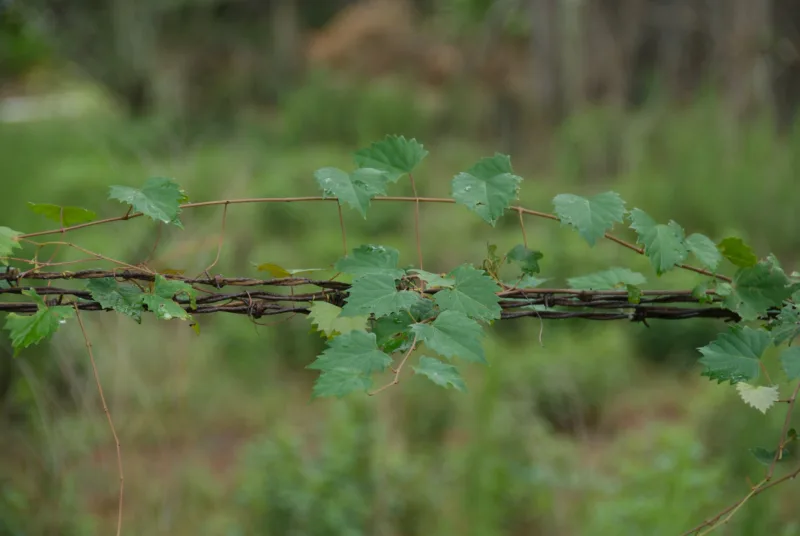
The vines are trained to grow up to the top level when they’re young and then pruned to grow outwards along the wires when they reach fruit-bearing age.
The branching vines are loosely tied to the wires during the training process with a soft material that won’t damage the young growth (I use strips of old nylons!).
As they age, the vines and tendrils eventually all but seal the entire plant to these wires – which is why they had better be strong!
At least, this is how it is done in the warmer parts of the world. Most of this is the same here in our northern climate, but we do have to make certain modifications to these practices in order to be successful with grapes.
Wintering and Pruning Practices
Here’s where things diverge greatly from “conventional” practices when you’re growing grapes in the North.
You see, in warmer climates, the grapes continue to grow along the trellis structures and are pruned to have a solid, almost tree-like trunk running up the center, with the fruiting branches shooting off along the wires.
Once in place, the grapes don’t go anywhere for the next 50+ years!
But grapes are not reliably hardy in the north and in particular, the flower buds, from which come the flower clusters and eventually the fruits.
In order to get a reliable crop of grapes each year, it is often necessary to protect them by insulating the entire vines and buds under a cover of mulch or snow during our cold winters.
And given how very long these vines can get (sometimes growing 10’ or more in a single season!), this inevitably means laying them down for the winter.
Laying down a vine would sound easy enough, but there are two problems with grapes.
First of all, as mentioned above, they eventually develop a tree-like trunk, which has absolutely no flexibility at all.
Secondly, grapes can almost inextricably entwine and affix themselves to their support structure even in a single season, making it rather difficult to take them off their support to lay them down.
The first problem is overcome with special pruning techniques, which are distinctive for northern gardeners.
They are based on the fact that, like many fruits, grapes are produced on second-year wood, with the flower buds produced the prior season.
This is the wood that needs to be protected over the winter. As a rule, the thick trunks are hardier, sometimes a whole zone hardier than the flower buds.
But the vines still have to climb up the structure, and then outwards to bear the fruit.
The recommended technique is to employ either a 2-year or a 3-year cycle, whereby you cut any 3- or 4-year-old wood right back to the ground.
In any given spring, you cut out all of the previous season’s wood, except for 3-6 canes of the prior season’s wood (or a couple of 1-year-old wood and a couple of 2-year-old wood, depending on the system you settle on).
You’ll know which are the older vines; they’re the ones that don’t really bend easily.
And unlike southern practices, give preference to vines that originate from the very base, to avoid developing a trunk.
At the start of the season, you’ll tie up all of these vines, first having them climb directly up the trellis (or as vertically as possible), and then bending them outwards in all available directions along the wires, tying them down along the way.
Your goal should be one healthy vine per wire in each direction.
The rest of the growing season, you can generally let them grow without any additional pruning, although you’ll find you have to tie down the numerous new vines that will sprout from almost everywhere (I told you they were vigorous!).
In the fall, after you’ve harvested the grapes, cut down all of your ties, and try as best as you can to snap the literally hundreds of tendrils that will be holding the plant together into an impenetrable mess.
While it may be a noble venture to try and separate the individual vines and untwine them to lay them down, I find it is far easier to develop a trellising system that allows the wires to be removed from the vines while they’re still standing.
Just make it so that the wires are affixed to the posts using removable fixtures, for example, a couple of turns around a partially-drilled screw.
To lay the vines down, simply pull the wire through the tangled mess, and there you go!

As for how to lay the vines down for the winter, once the wire is off or they are untangled, bend all the vines down gently onto the ground. Use heavy wood posts or 2 x 4’s to weigh them down (you’ll be surprised how strong they are!).
If you live in an area with reliable snow cover, all you have to do is mound a few shovels of snow over top of them in early winter; that’s usually enough to keep them safe.
In areas without good snowfall or in exposed and windswept areas, pile straws on top of the vines before you weigh them down.
Leave them like this over the winter, only removing the mulch and weights after all risk of extreme cold has passed, but before they break bud.
Now, of course, this aggressive wintering technique is for vines that are not reliably hardy in your area. If you know a grape is a reliable producer for your area, then you can skip the parts about laying them down, making the trellis removable, etc.
However, for most of us in the North, using such a technique greatly increases the variety of grapes that we can grow, and it’s really not that much additional effort once an effective system is in place.
**********************
In the second part of this article, we’ll examine ways you can enjoy the pleasures of grapes, and look at a few of the more popular varieties for northern yards and gardens. Click here to view the second article.




